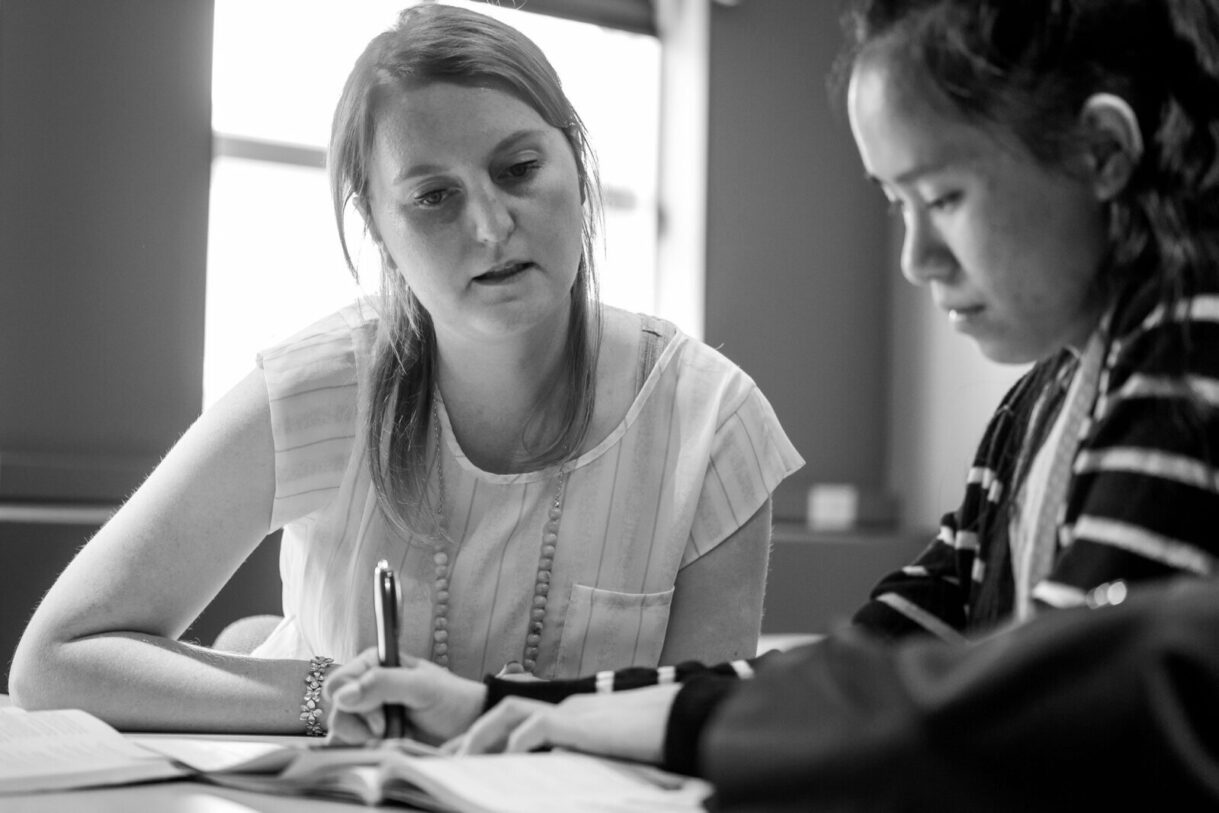Originally posted on QLI Omaha.
The human brain has a unique superpower called neuroplasticity.
All of us have skills we’d like to improve. Perhaps it’s something straightforward—a golf swing, a desire to learn the ukulele, maybe to learn that foreign language. Often, it’s more abstract—a bundle of skills sewn together to form greater responsibility. How do I become a better parent? How do I improve my performance in the workplace? How do I build or break the habits to uphold my New Year’s resolution?
How is it that people become experts in their fields, masters of performing specific skills? If a person lacks the natural aptitude for a skill, can they ever hope to perform it to an exceptional degree?
We have good news. The short answer, reassuringly: Yes. The key to mastery isn’t about having the talent of an expert. The key to mastery is learning like an expert.
What is Neuroplasticity?
“At its basis, neuroplasticity is the process of our brain making new connections, strengthening those connections through multiple repetitions and combining learned routines so that they ultimately become something we can do that we didn’t do before,” says Dr. Jeff Snell, QLI’s Director of Neuropsychology and Psychology Services.
The treatment teams at QLI harness the power of neuroplasticity, remapping the pathways the brain uses to communicate with itself and with all the parts of the body, even in the event that regions of the brain suffer injury. The science of neuroplasticity is the science QLI uses to help clients relearn simple and complex abilities. How to walk, for instance, or how to speak. But this science can also help you achieve your goals or learn new skills. The principle and execution are the same.
How to Harness the Power of Neuroplasticity
Ultimately, the brain is adaptable. Buildable, even. It’s a part of the body you can shape and reshape with the right amount and the right kinds of training. And with the right process, you can harness the power of neuroplasticity to change your brain, no matter where you start.
1. Identify Specific Targets.
The brain learns much more efficiently when trying to internalize a specific action than it does with vague concepts that contain multiple complex pieces. “I want to shoot a higher percentage of free throws,” for instance, is a better path to improvement than “I want to be a better basketball player.”
2. Get a Coach. Learn the Right Way First.
Find an instructor who can demonstrate the proper form, someone who is also capable of providing clear, detail-focused feedback. During rehabilitation, QLI clinicians shave away unwanted habits by applying teaching structures that eliminate all potential for the client to learn a skill the “wrong” way. Likewise, an expert coach will identify and correct the imperceptible errors a mentee might make while developing a given ability. This serves to internalize correct procedure, in turn making it automatic and, indeed, routine.
3. Repeat, Repeat, Repeat.
“To be truly effective in fostering the learning process, the repetition needs to be context-specific,” says Dr. Snell. “If you have a specific skill you want to improve, you need to train that exact skill within the exact environment where it’s applied.” It’s why watching a LeBron James highlight reel won’t improve your shooting form. It’s also why the phrase “practice makes perfect” is really only applicable after you know you’re doing something correctly. Repetition will create habits. Use your mentors and feedback to ensure they’re the habits you want.
The bottom line: Through a combination of deliberate practice, expert coaching and focused repetition, neuroplasticity means there is no ceiling to the mastery anyone can have over any skill. No matter where you start, you too can build a better brain.
Suggested Neuroplasticity Reading List:



